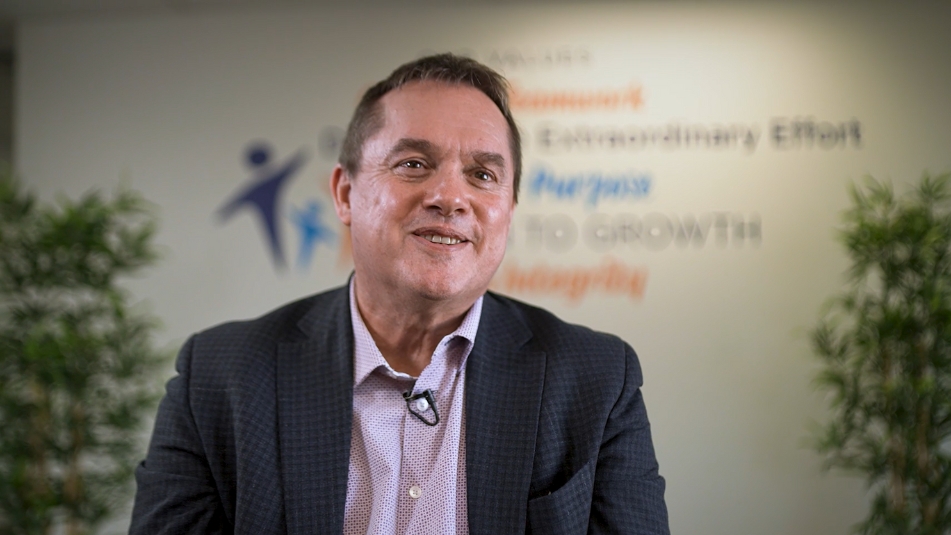Global Economic Outlook -According to Marci Rossell
At a joint meeting of CREW Atlanta and the Atlanta chapter of CoreNet Global, Dr. Marci Rossell, former chief economist for CNBC, returned for the 10th year to share her perspective on the global economic outlook in 2018. In 2017, she noted, local economies began to grow for the first time in 10 years. Europe grew by 1.5 percent, while the U.S. saw GDP growth of 2.1 percent. India experienced the strongest growth at 7 percent.
The unprecedented worldwide economic growth of 2017
was driven by several key factors:
- Brexit did not depress the economy as expected and led to a needed reorganization of European Central Bank. Europe is beginning to see the positive impact of the bank’s 2015 initiation of quantitative easing, which the Federal Reserve introduced in the U.S. in 2009.
- An aging economy is leading to a labor shortage, but the Syrian refugee crisis will alleviate this shortage over the long term. Five years after migrating to another country, 50 percent of refugees typically have jobs. In 10 years, 60 percent are employed, and in 15 years, 70 percent are working.
- Oil prices have settled into a range that is reasonably profitable for the seller and affordable for the buyer. The current price of $50 per barrel will fluctuate from $40 to $60 a barrel, but will never stray far from the fifty-dollar “sweet spot.” The cost of production varies widely by country—from $10 a barrel in Saudi Arabia to almost $50 a barrel in Brazil—but all producers can live with the 40-60-dollar range.
In 2018, new trends will shape the world economy:
- The world will see a “massive” increase in global mobility, particularly as 50,000 financial jobs leave London and migrate to Frankfurt, home of the European Central Bank. In the U.S., mobility was at an all-time low two years ago at 1.5 percent (half the 3 percent average); that rate is now expected to increase markedly.
- The Federal Reserve has new faces, but the same policies will continue. The U.S. economy will grow by 2-2.5 percent, but not by 4 percent as some predict. Interest rates will be 100 basis points higher by the beginning of 2019.
- The new tax law’s $10,000 cap on state individual income, sales and property taxes will spur first-time home-buyers to move to lower-tax markets. Today the average age of first-time home-buyers is 30—nearly 10 years older than previous generations. Millennials will now finally begin to put down roots and raise families, which will cause them to move from markets like New York City, which has the highest local tax burden in the U.S., Vermont (second-highest), and California (third-highest) to lower-tax markets like Georgia (#32) and Tennessee (#48). This trend will make Nashville Atlanta’s biggest competitor. The movement of Millennial Democrats to red states may change the nation’s political map.
- The Bitcoin bubble will burst, but the crash will not cause a recession due to the small number of participants. Even so, the block chain—the technology on which Bitcoin is based—is here to stay and will greatly impact transactional industries worldwide. With its strongly codified property rights, the U.S. will likely lag behind less developed markets like Colombia, Nigeria, and Ukraine, which saw its first real estate transaction using Bitcoin in 2017. As the smart phone pushed e-commerce into the mainstream, block chain technology needs a still-to-be-determined technology to become ubiquitous. When it does, block chain will be transformative.
Atlanta’s Outlook:
When asked to address the local economic outlook, Dr. Rossell asserted that “nothing is more important” to Atlanta’s economic success as convincing Amazon to locate its new headquarters here. Small cities have no reason to exist in the modern, non-agricultural economy; to survive and thrive, Atlanta needs to become the New York City of the South. Atlanta has a good chance of attracting the headquarters, thanks to Georgia’s low taxes and cost of living.
As a lower-tax market, Georgia has an advantage over higher-tax states, which will not be able to react as quickly to Millennials’ migration to other markets. These states are saddled with pension obligations for government workers that were established in the 1970s and ‘80s. To pay their current debt obligations, these states must keep their taxes high.
U.S. Real Estate:
Dr. Rossell provided her perspective on the U.S. real estate market as well. The residential housing market has become divided between lower-end houses and high-end housing over the past two years. Houses priced at $200-300,000 sell quickly, but builders do not want to build them due to the high regulatory burden that eats away at their margins. Consequently, affordable housing is in short supply. Builders want to construct higher-margin $750,000 homes, but first-time home-buyers are not buying homes at this price point, so these houses are sitting on the market longer. Meanwhile, homes priced at $1 million or more continue to sell quickly as foreign investors seek a place to park their money.
U.S. Stock Market:
Dr. Rossell concluded her presentation by offering her thoughts on the U.S. stock market, which increased by 20 percent in 2017 due to expectations of corporate tax cuts. In 2018, the stock market will revert to the mean of 5-7 percent. It will continue to grow at this rate for the next three years—as long as the current presidential administration continues to support deregulation and tax cuts.



